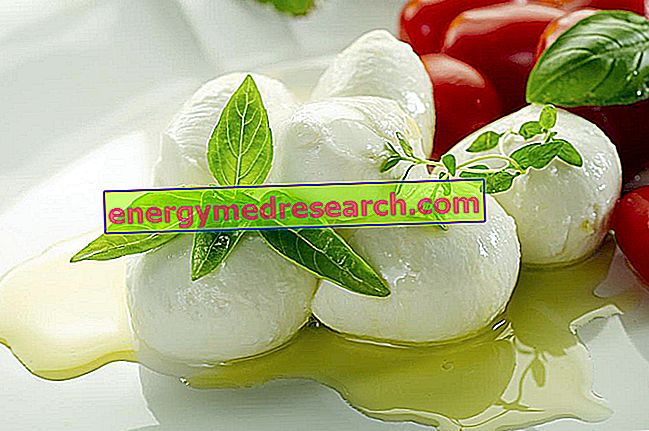
In 2010 a large media coverage was given to the so-called blue mozzarella . Some alarmed consumers had in fact noticed that, after a few days from the opening, some mozzarellas took on a bluish color.
Responsible for the phenomenon is a pigment, called pioverdin (or fluorescein) produced by the bacterium Pseudomonas fluorescens . They were therefore lots of mozzarella (mostly of German origin) heavily contaminated by this micro-organism present in the soil and in surface waters.
In addition to blue mozzarella, the phenomenon of red ricotta or the phosphorescence of sandwiches is not uncommon. All these chromatic alterations depend on the development of microorganisms commonly found in food, but in low charges and without this constituting a hygienic-sanitary problem.
But when - favored by high summer temperatures or malfunctions of the "cold chain" - these microbial floras are replicated at a high rate, unpleasant odors and flavors or unnatural colors are easily developed.



